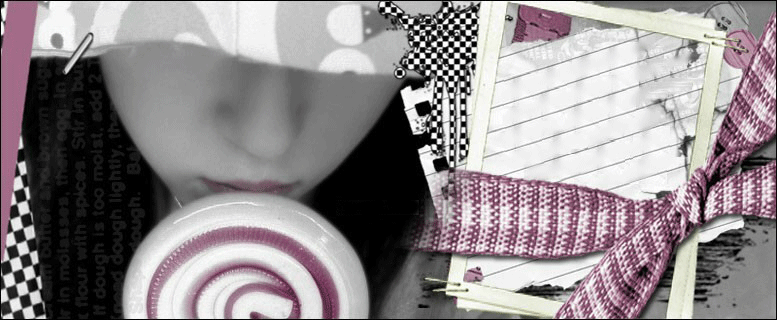An impaction is a "condition of being firmly lodged or wedged in such a way that further tooth eruption is prevented." Canine teeth, in particular, are quite prone to becoming impacted.
Canines are the most important teeth in guiding lateral jaw movements and are most resistant to decay and gum disease. Because of their importance, we make every effort we possibly can to prevent the impaction of the permanent canines.
Usually the exact cause of the impaction is not known. The guidance system of the developing tooth simply malfunctions and the tooth begins migrating in the wrong direction.
Bringing an impacted canine into position is a surgical procedure, requiring surgical exposure of the tooth and full orthodontic treatment.
In order to attempt to redirect the path of eruption of the permanent canine, the primary canine teeth are removed. This allows the permanent tooth to move downward into the "slot" that the primary tooth occupied and into the path that the permanent tooth should have taken.
It can take from 9-18 months for the permanent tooth to erupt into the space made available to it, as it is further out of position than it should be at this stage.
Periodic clinical examination and follow up X-rays are taken to monitor the redirection of the permanent canine.
While there is no guarantee that this procedure will work, if done at the proper time, it has a very high degree of success.


